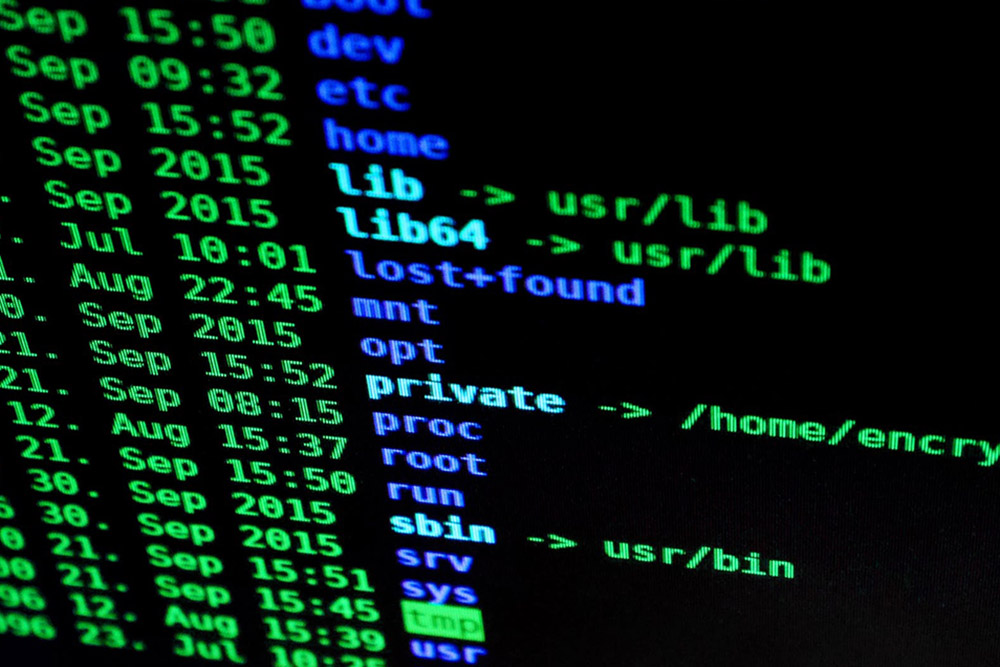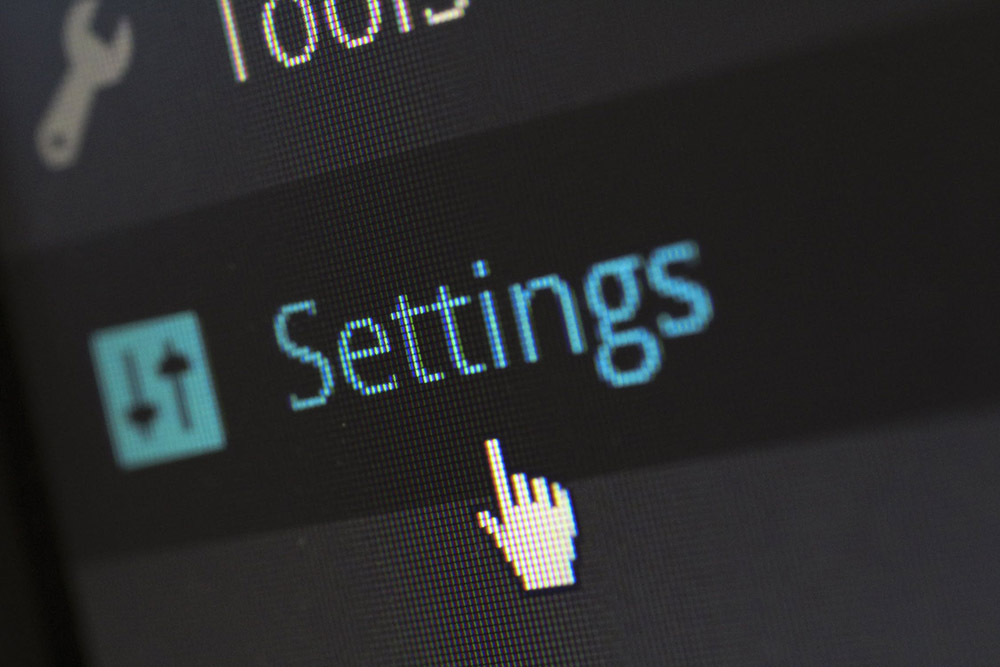10 Ways to Secure your WordPress site

Many are using WordPress as their website due to its ease of use, lots of great features and having powerful SEO means it’s no surprise that WordPress is the number one Content Management System (CMS). But with that popularity, comes a risk. As with any popular software, WordPress attracts hackers who will try a number […]
The Importance of having an updated WordPress, plugins and theme

WordPress is the world’s most popular content management system. It dominates other markets, like eCommerce, so it’s definitely not just for blogging. According to W3Techs, WordPress powers 34% of all the websites on the Internet, including those without a content management system (CMS) or with a custom-coded CMS. Or to put it another way, WordPress powers […]

